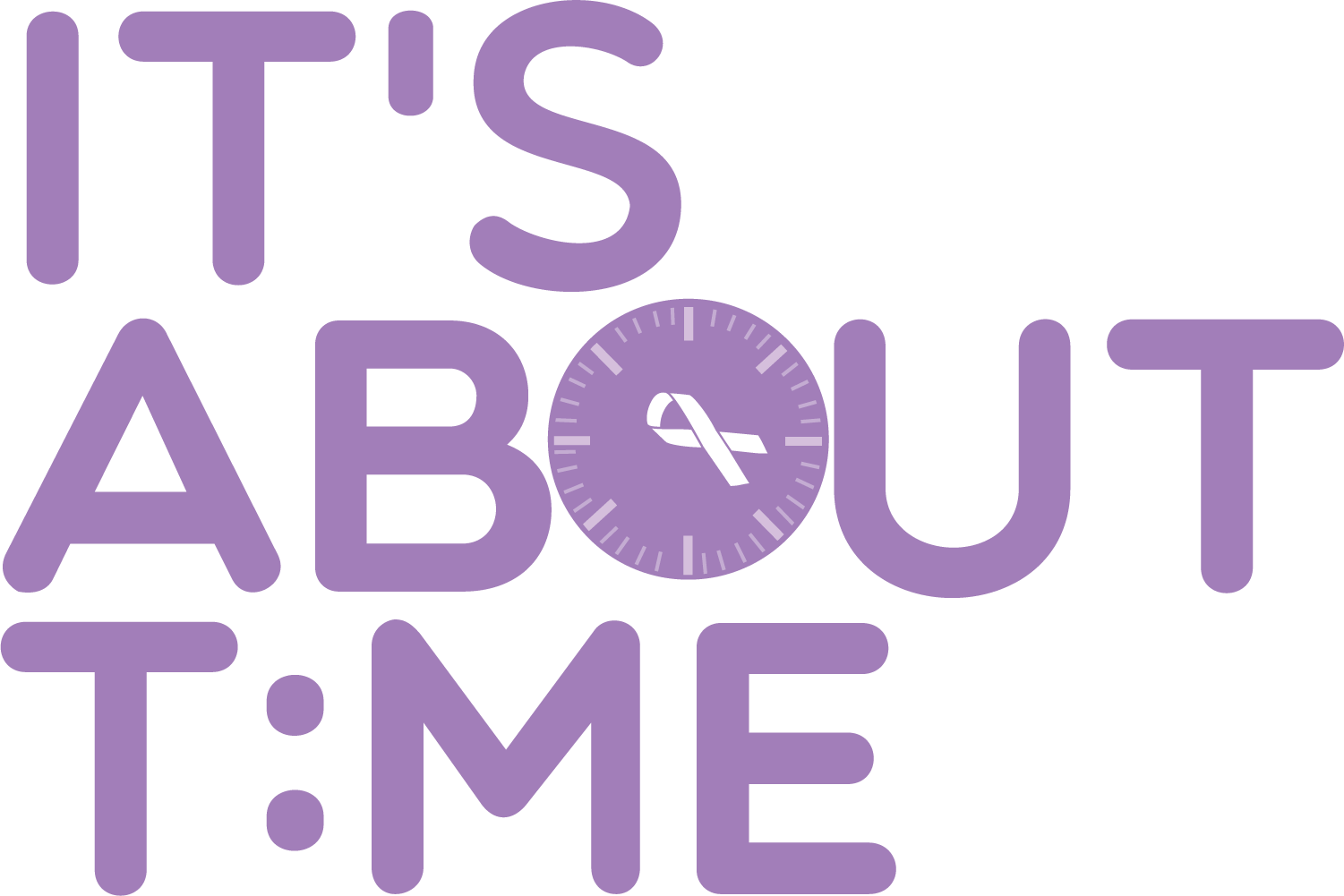Why the Women Most Likely to Die of Breast Cancer Have Gotten the Least Attention
Lianne Kraemer was 39 when she found out her breast cancer had spread and formed tumors inside her brain.
Lianne Kraemer had been living with metastatic breast cancer for more than a year when I met her in December 2017 at the Henry B. González Convention Center in San Antonio. Throughout the week, more than 7,000 doctors, scientists and pharmaceutical-company representatives would descend on the city for the country’s most important breast-cancer conference. Inside the main exhibition hall, it seemed that every major pharmaceutical company was putting on its best come-hither show. A pair of young, lithe dancers whipped flowing fabric through the air at a booth for the drug Faslodex, a new injectable from Astra-Zeneca used to treat women with estrogen-fueled advanced breast cancer. Novartis had free cupcakes. Tesaro, a company developing new drugs for BRCA-linked breast cancer, had Nutella-branded ice cream cones. Espresso was available at Eli Lilly, and Pfizer had put out small cups of frozen yogurt. Medtronic, a medical-device company, had breasts of raw chicken at its booth so surgeons could test the PlasmaBlade, its new soft-tissue-dissection knife.

